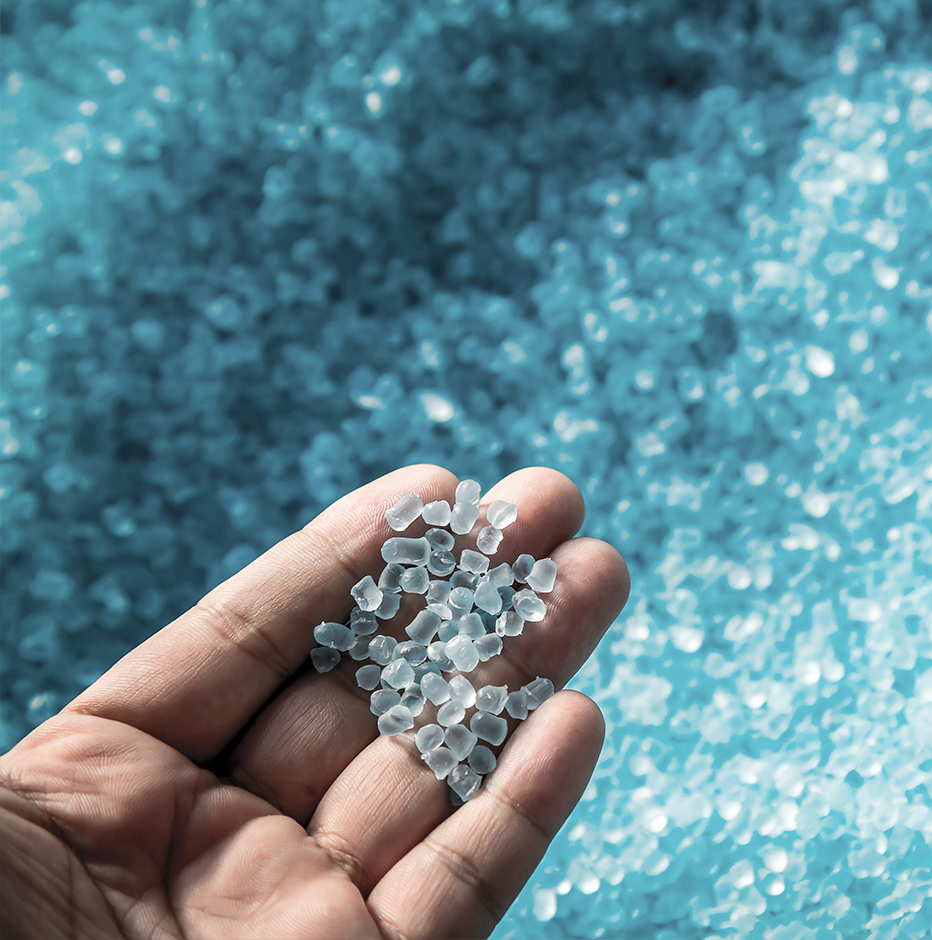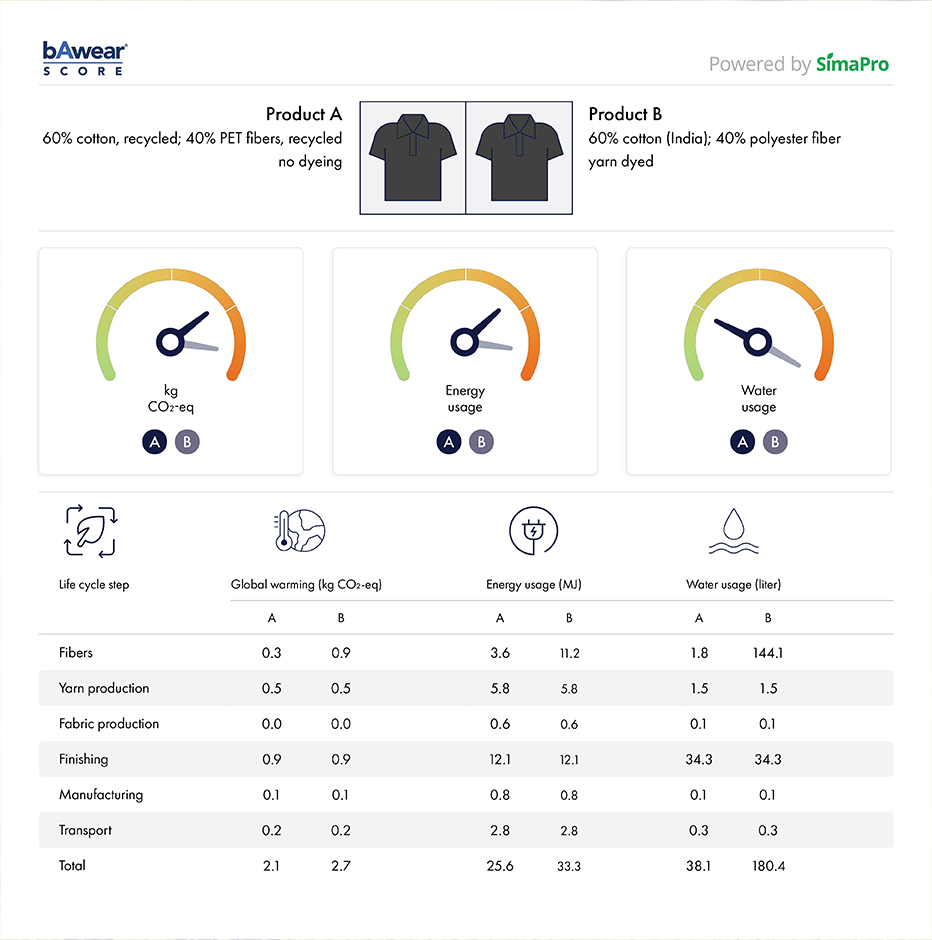While making workwear for demanding conditions, we minimize the environmental impact of our production process to protect the delicate balance of our planet. We have already achieved much, but we are just getting started.
High-quality clothes last for a long time, which in itself is environmentally friendly. By choosing recycled options, we save raw materials, and by avoiding packaging plastics, we reduce the environmental impact of plastic pollution. Taking important steps is easy, and it doesn’t even have to cost much. Use the calculator on the right to see the impact you can make just by choosing recycled fabrics.
Respecting people and the environment
Many of our clothes are made in developing countries, where the standard of living is very low. With our own actions, we can positively effect change. We are fair to our employees and comply with the ILO international regulations. Each of our suppliers is committed to complying with Logonet’s Code of Conduct, and most of our suppliers are either BSCI or SA8000 audited.
Room for improvement
We want to do our part caring for this great planet. While making sure our workwear is safe, ergonomic and good-looking, we can simultaneously have a positive impact. The greatest positive environmental impact we can have is by considering our choice of materials. That is our main focus. However, there are other decisions that make a difference, too.
Our own factory in Bangladesh is certified to manufacture menswear and womenswear according to the requirements of the Global Recycled Standard. The Global Recycled Standard ensures the origin of recycled material and follows the passing of materials carefully through the supply chain from fiber preparation to finishing the clothing. The Global Recycled Standard also contains requirements for social, environmental, and chemical practices.
Our goals by 2024:
Use of recycled material
- We will replace 65% of all lining material with recycled material
- 90% of the padding in our winter clothes will be derived from plastic waste collected from nature
- We will be offering an alternative made from recycled material to customers whenever technically possible.
Other goals
- Our cardboard boxes and wrapping will be manufactured from 100% recycled material
- We will reduce the amount of individual packaging, particularly plastic packaging
- When plastic individual packaging cannot be avoided, we will offer a biodegradable or recycled option
- We will minimize the share of air cargo in transport
- We will improve our Green Office rating by an additional 15%

